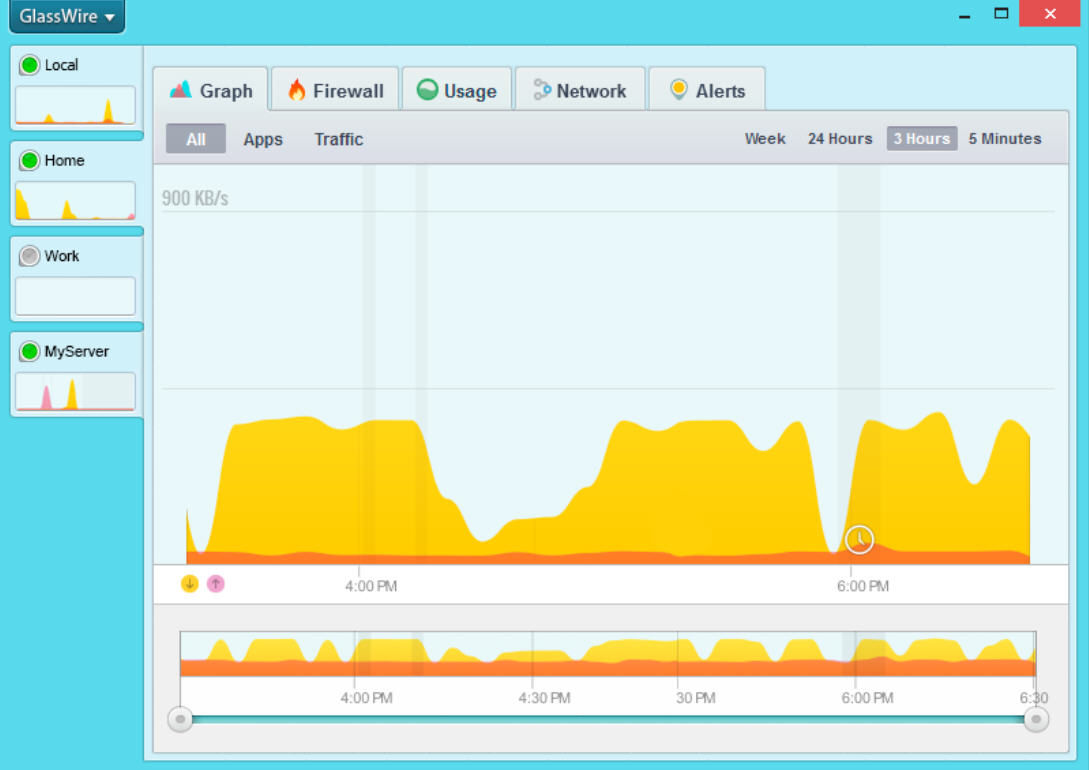

Answer: to detect which programs installed on the mobile device use Internet traffic in the background of the mobile device – to block and remove such programs. Malicious or spyware uses Internet traffic in the background of the mobile device.Answer: to track the amount of Internet traffic used and fit into the limit set by the mobile operator. Mobile operators offer their customers such tariff plans that involve a limited amount of Internet traffic per month.Also, some custom ROMs have such features built-in.GlassWire – Data Usage Privacy – this utility monitors Internet activity in real time – Internet traffic consumption – of its user’s mobile device. If they wanted to give users freedom of choosing which apps can access the internet and which can't, they could simply set Protection Level of dangerous, which doesn't favor their business model consider the fact that Google is the biggest search engine and ads are their prime source of revenue.Īdvanced users who want more fine-grained control of privacy usually root their devices and make use of lower-level things like Linux kernel's built-in firewall iptables.
#GLASSWIRE FOR ANDROID ANDROID#
Such apps can do app filtering based on UIDs and/or SOcket_MARKs which Android uses to categorize the network traffic for different purposes. Well, NetGuard and similar apps have become somewhat privacy protections apps just as a side effect of Android's VPNService API which wasn't intended for this usage.
#GLASSWIRE FOR ANDROID FULL#
Therefore, it seems that users who buy any Android phones are denied full control of the phone, even if they have installed privacy protection apps such as NetGuard. That's why sniffers work at OSI layer 2, or even better is to watch from outside e.g.

The reason is as stated above, data is measured on upper OSI layers, and blocking occurs at a lower level: When turning on this firewall, it warns that users will still get data usage stats for the blocked app. It has a built-in firewall which is also based on VPN no other possible way for non-root apps. This fact is self-explained by the GlassWire app. So IP packets even don't hit the physical layer. When we see apps from the top, it looks like the apps are sending network data which is moving out of the device, but in actuality, it's blocked at layer 3. Making use of Per-app VPN configuration, NetGuard asks the OS to only send traffic from app XYZ through the TUN interface so that it can be forwarded through a VPN connection (which it never does).

And the UID-based data usage is collected from qtaguid module of iptables which also operates at OSI layers above 3. the creation of sockets happens at top layers Application or Transport. NetGuard is based on VPN which makes use of the TUN interface at OSI layer 3, while GlassWire collects data from NetworkStatsManagr which is something within Android's Java runtime e.g. This question appears to be related to the understanding of OSI Model. Is the problem caused because GlassWire reports false positives? Is the problem caused because GlassWire reports false positives? Or NetGuard requires special configurations in order to block Internet for selected apps? Or Android phones disregard users and allow apps to access Internet even though NetGuard was installed? So, to make the experiment fair enough, this question is posted here, requesting help from experts out there, on whether what is the actual problem(s). Throughout the experiment, GlassWire reported that some apps, that were blocked by NetGuard, had network traffic to the Internet. The GlassWire is activated to monitor if these apps still can access to the Internet.
#GLASSWIRE FOR ANDROID FOR ANDROID#
A selection of apps (including apps from the phone manufacturer) was chosen to be blocked from accessing the Internet regardless using Mobile Data or WiFi, by using NetGuard.īefore the experiment, NetGuard and GlassWire for Android were installed. A few non-rooted (no rooted) Android 7 and 8 phones from (Huawei, ZTE, Neffos and Samsung) were tested in this simple firewall (NetGuard) experiment.


 0 kommentar(er)
0 kommentar(er)
